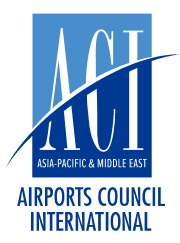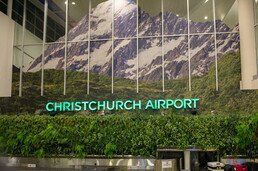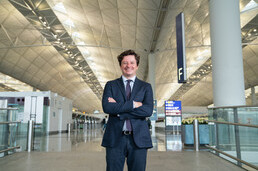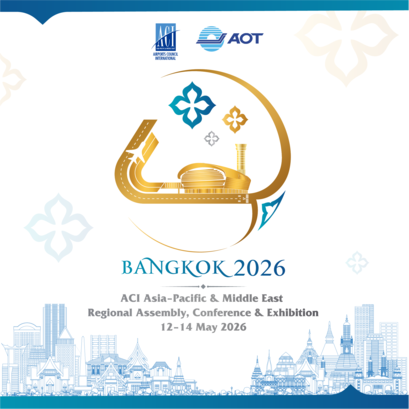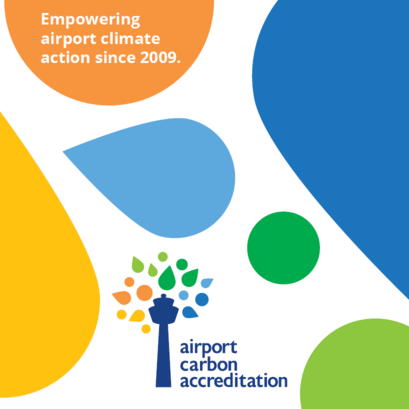#DYK ACI Asia-Pacific is working on climate change mitigation strategies?
- 15 Oct 2020
It’s safe to say that global decarbonization efforts will become increasingly important as climate targets become increasingly ambitious. The landmark Special Report on Global Warming, published in October 2018 by the United Nations Intergovernmental Panel on Climate Change (IPCC), recommended all industry sectors to reach net zero human-caused carbon emissions by the year 2050.
Where are we now?
Long-term traffic forecasts show the rapid growth of traffic in our region, despite the pandemic. With growth in traffic comes growth in carbon emissions or CO2. CO2 is the main contributor to climate change. Asia-Pacific airports will need to prepare to mitigate the climate change challenge.
In Asia-Pacific, airports are at different stages of the decarbonization journey depending on geography, climate differences and availability of renewable energy sources. “It's a great source of pride to our association that seven airports in the region have already achieved Level 3+, Neutrality status through the Airport Carbon Accreditation programme,” said Ken Lau, senior manager Environment and Information Technology. “More than 20 airports are already at Level 3, Optimisation and many of them are preparing for the leap to carbon neutrality,” he added. However, carbon neutrality alone won’t be enough in the near future.
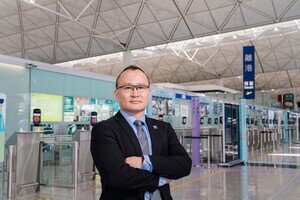
Ken Lau explains the concepts of climate change
What is net zero?
Net zero carbon represents a step further compared to carbon neutrality. In order to achieve net zero carbon, airports must reduce energy and fuel consumption and switch to zero carbon energy and fuel sources. This is including but not limited to the purchase of renewable electricity from the national grid or through dedicated power purchase agreements, self-generation of renewable electricity and/or use of zero carbon emission vehicles.
What are we doing?
Through ICAO, the international aviation sector is studying the feasibility of an aspirational long-term goal for international civil aviation. A Task Force, operating under the guidance of the ACI World Environment Standing Committee, was asked to develop a long-term carbon goal for airports including considerations of net zero carbon airports by 2050 and its associated pathways. A study is now underway to support the development of a long-term carbon goal. The study includes extensive outreach to the global and regional ACI membership to account for the regional differences, drivers and opportunities. Asia-Pacific airports are actively engaged in this activity.
“The societal pressure to reduce emissions and become a net zero sector is unavoidable. Along with recovering from the impact of the pandemic, mitigating climate change is set to become a high priority for our members.
